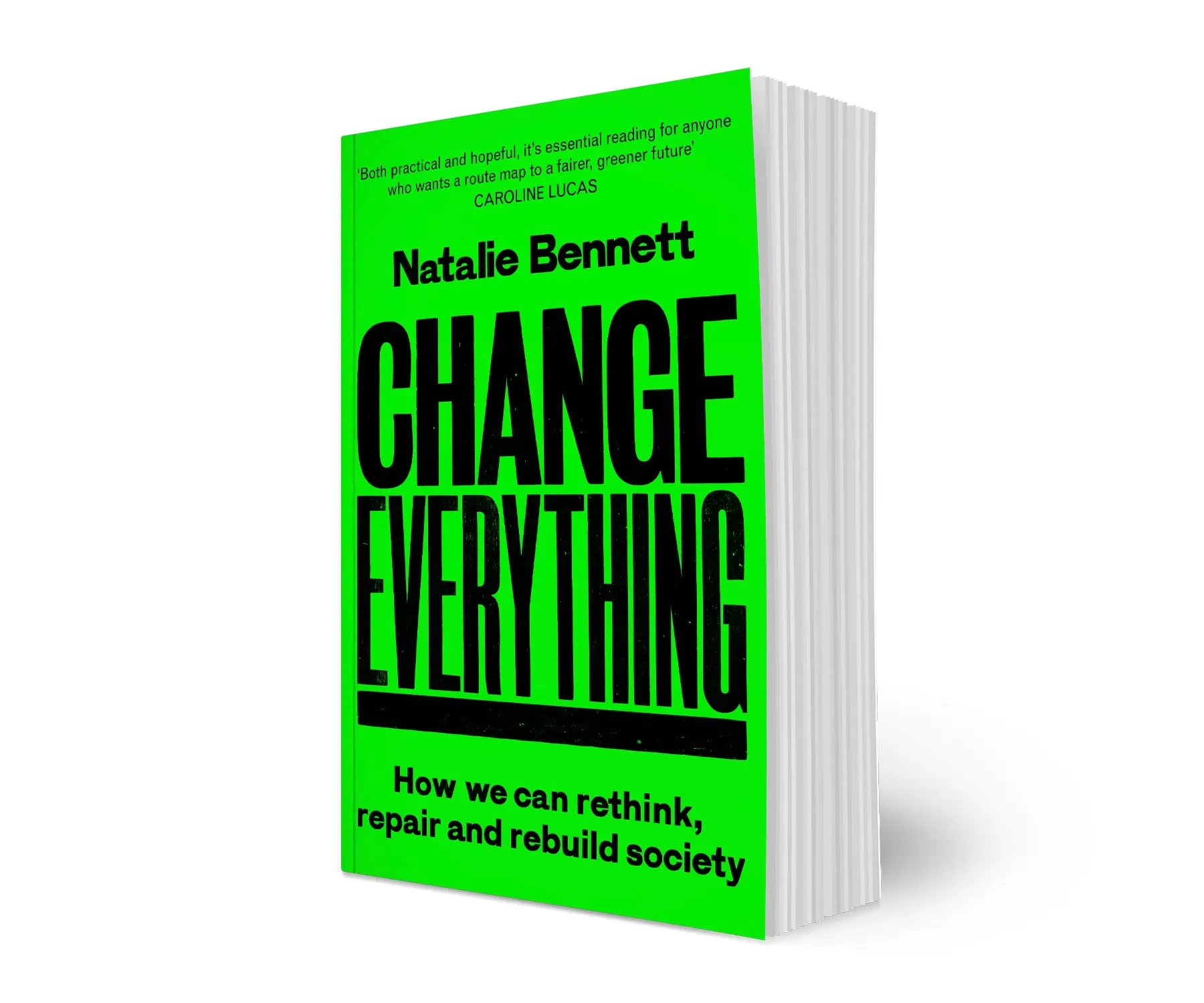A shorter version was originally published on Blogcritics.
Stewart Lansley’s The Cost of Inequality: Three Decades of The Super-Rich and the Economy is full of figures to make the blood boil.
* According to Forbes, the number of American billionaires jumped 40-fold in the 25 years to 2007. In that period general US incomes stagnated in real terms, but the aggregate wealth of the top 400 soared from $169 to $1500 billion. (p. 7)
* The average pay of chief executives of Britain’s biggest 100 companies grew by 11% per annum in real terms 1999-2006; for other fulltime employees the figure was 1.4%. (p. 24) In the US chief execs’ pay ratio to workers’ from 1960 (42 to one) had leapt to 334 to one by 2007. (p. 25)
* To make it global, the combined wealth of the world’s 1000 richest people is almost twice as much as the poorest 2.5 billion. (p.27)
It makes the point that most of us have been around for long enough can feel instinctively – all of this is not some kind of inevitable way of things, but a relatively recent, and relatively sudden, development. In the early 1970s “most rich nations … were characterised by unprecedented levels of equality” (p. 14). In the US from the start of the Thirties to the mid-Fifties was known as “the great compression”. In the UK it was known as the “great levelling”. (p. 14). The trend slowed and then came to a halt in the 1970s, then went into reverse, returning to levels of inequality of the Twenties: “almost half a century of economic and social progress had unravelled in little more than two decades”. (p. 15)
The symmetry is amazing. In the US the top 1% took, at its lowest point in 1976 8.9% of the national income, but by 2007 this had risen to 23.5% – the same level it had been in the late Twenties. (p. 20) In this economic “megashift” the top 30 US family and individual fortunes were, collectively, 10 times the size of the same group 17 years earlier – this is more like 19th century leaps. (p. 22)
There’s original thinking in The Cost of Inequality, chiefly in its historical framing that shows the circle we’ve made back to the Twenties (and in same place back to 19th-century robber baron capitalism). And if not entirely original, it powerfully develops its argument for the causes, and the consequences. Lansley concludes that it was the slump in the power of organised labour in the 1980s that allowed real wage growth to fall behind profit growth in productive capacity while profits soared (p. 30)
As to why this has caused huge economic imbalances, at the basics, it is obvious – purchasing power couldn’t buy the extra output being produced (between 1980 and 2007, real wages in the UK rose by 1.9%/year, but economic capacity grew by 1.9% – p. 55), so, particularly in the US and UK, the government allowed, indeed encouraged, massive increases in lending to private individuals. This greatly increased the size and profits of the financial sector. There were thus, from finance and other industries, huge amounts of liquid cash sloshing around the world, at every increasing speed, passing regularly through London and New York, with regular stops in tax havens.
“Little of this circulating pool of hot money ended up in sustainable, wealth and job-creating investment. Money poured into hedge funds, private equity houses, takeovers, commodities and commercial property. … large speculative deals … offered, at the time, spectacular returns. Asset prices and business values soared. Deal-making and corporate restructuring became highly complex mechanisms for transferring existing rather than creating new wealth.” (p. 32) Once again, we’re back to 1929.
read more

 About
About